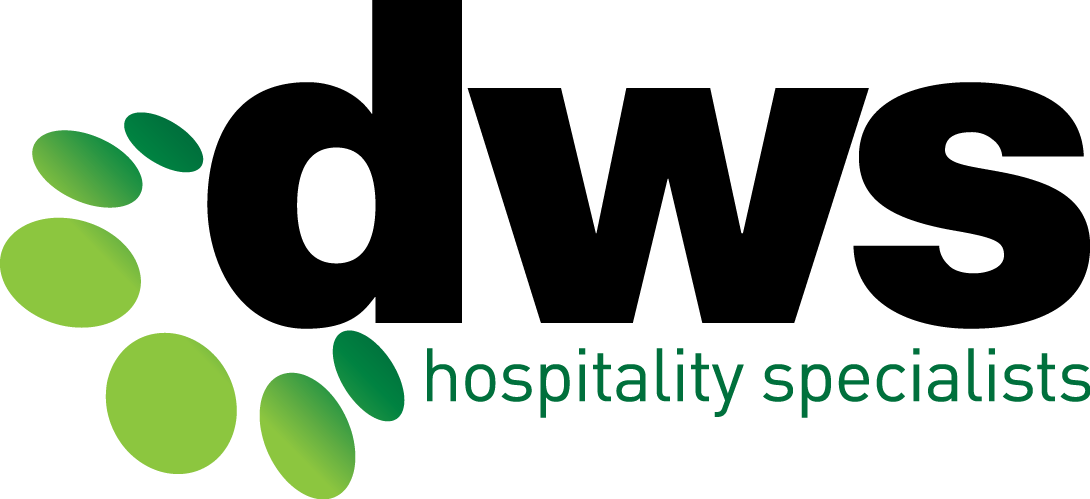One of the most frequently used research tools in Queensland’s club industry is the DWS industry benchmarks, which have been produced for over fifteen years.
It serves as a key assessment tool for many club financial committees, board reports, financial institutions, and management key performance indicators.
In the three years since the benchmarks were last updated, there have been significant changes impacting club finances, including COVID, acute staff shortages, steep property value increases, interest rate rises, current building cost increases, and increased costs of goods and labour.
Looking ahead to 2024, the potential for a downturn in members’ disposable income is likely on the horizon given the current cost of living crisis. Couple this concern with the impact the opening of the Queen’s Wharf Precinct may have on venues’, Clubs need to be aware of where and how they are placed compared to the industry benchmarks.
Over the last six months, DWS Hospitality Specialists has surveyed a significant number of Clubs’ financial performance and reviewed many annual reports, including some major clubs that have provided their budget for the current financial year.
Surprisingly, for a Club to achieve a viable EBITDARD (Earnings before Interest Tax Depreciation at a Station Rent and Donations), the changes in industry benchmarks over recent years have been subtle rather than dramatic. Despite navigating a business environment fraught with multiple challenges over the past three years (with some areas showing increased returns and others experiencing declines), this demonstrates the majority of Clubs’ ability to manage their finances effectively.
With many Clubs investing significantly in redevelopment to remain competitive with Casinos and Hotels, they will need to ensure they maintain at least the benchmark EBITDARD. Clubs with significant major redevelopment may need to surpass the benchmark EBITDARD to satisfy any borrowing institutions.
Key Changes in the current benchmarks:

The cost of goods sold in Food & Beverage has increased across all sized venues from 37-38%, to 39%-40% of revenue.

The cost of wages in gaming has decreased from 7%-9%, to 5%-8% of gaming revenue.

The cost of wages for bars has increased across the board from 22%-25%, to 24-28% of revenue.

The cost of wages for Restaurants has increased across the board from 44%-46%, to 44%-47% of revenue.
Many Clubs have reported trading losses or small revenues from catering operations.

Due to the increase in COGS and wages, the contributions of Food and Beverage departments have decreased slightly.

The Overheads benchmark has reduced from approximately 30% of revenue to 27%.

A proportion of successful Clubs of varying sizes have reported an increase in gaming revenue as a percentage of overall revenue. Offsetting the reduction in food & beverage operations.

EBITDARD has increased from 13%-17% for venues with 51-100 EGMS, and 17%-20% for venues with more than 100 EGMs.
If you wish to to add any commentary about industry benchmarking, please do not hesitate to reach out to DWS Executive Chairman, John Dickson, via email.



